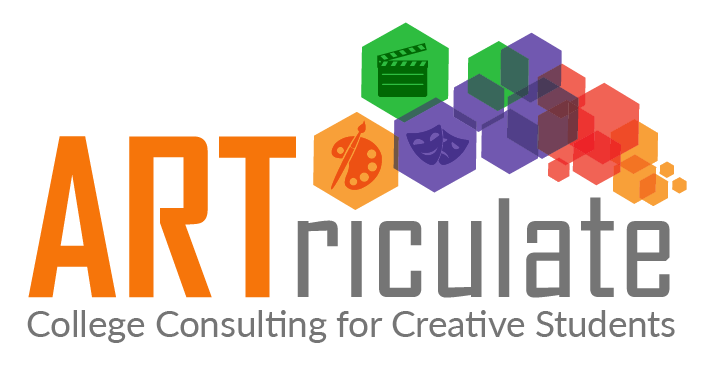Start visiting local colleges as early as 8th and 9th grades
I have to admit, I’m stealing the idea for this post from a colleague, Tutoring for Success, How to Tackle the BIG Projects.
I too help students plan out big projects, and it’s never too early to start visiting colleges, (yes, 8th and 9th graders this is for you too) and I completely recognize how daunting beginning that search is. The frequently used college guides present just under 400 colleges, and those are just the more common schools. Google “How many colleges are in the US?” and you get 1,928 colleges and universities, which does not include community colleges or colleges outside the US. So, how do you even begin to decide which colleges to visit?
As the blog advises – break projects into manageable steps. Here’s the advice I give all my families:
Make it easy, start local. Start by visiting schools near you that represent a variety of characteristics. Within two hours driving of Washington DC these schools are great examples of different types of colleges/universities.
American University – medium university in a city with a defined campus.
Georgetown University – medium university in a city with a defined campus.
George Mason University – large public/state university in the suburbs.
George Washington University – large university in a city without a defined campus.
Johns Hopkins University – medium research oriented university in a city with a defined campus.
Maryland Institute College of Art – Art college in a city offering a wide variety of BFA degrees in visual arts.
McDaniel College – small liberal arts college in a small city, one of the Colleges That Changes Lives.
University of Maryland – large public/state university in the suburbs.
Virginia Commonwealth University – large public/state university, in a smaller city, offering BFA programs in visual and performing arts.
What do you like? what don’t you like? Once you’ve visited, think about the characteristics of each school that you liked and didn’t like. Consider campus size and location, student body size and characteristics, and depth and breadth of coursework, activities, and facilities.
Look for similar schools.Now that you know the characteristics you like, look for schools that have similar qualities, but that have the programs that interest you. This is where I can help you. Contact us and we can plan summer college visits and take the stress off next fall.
